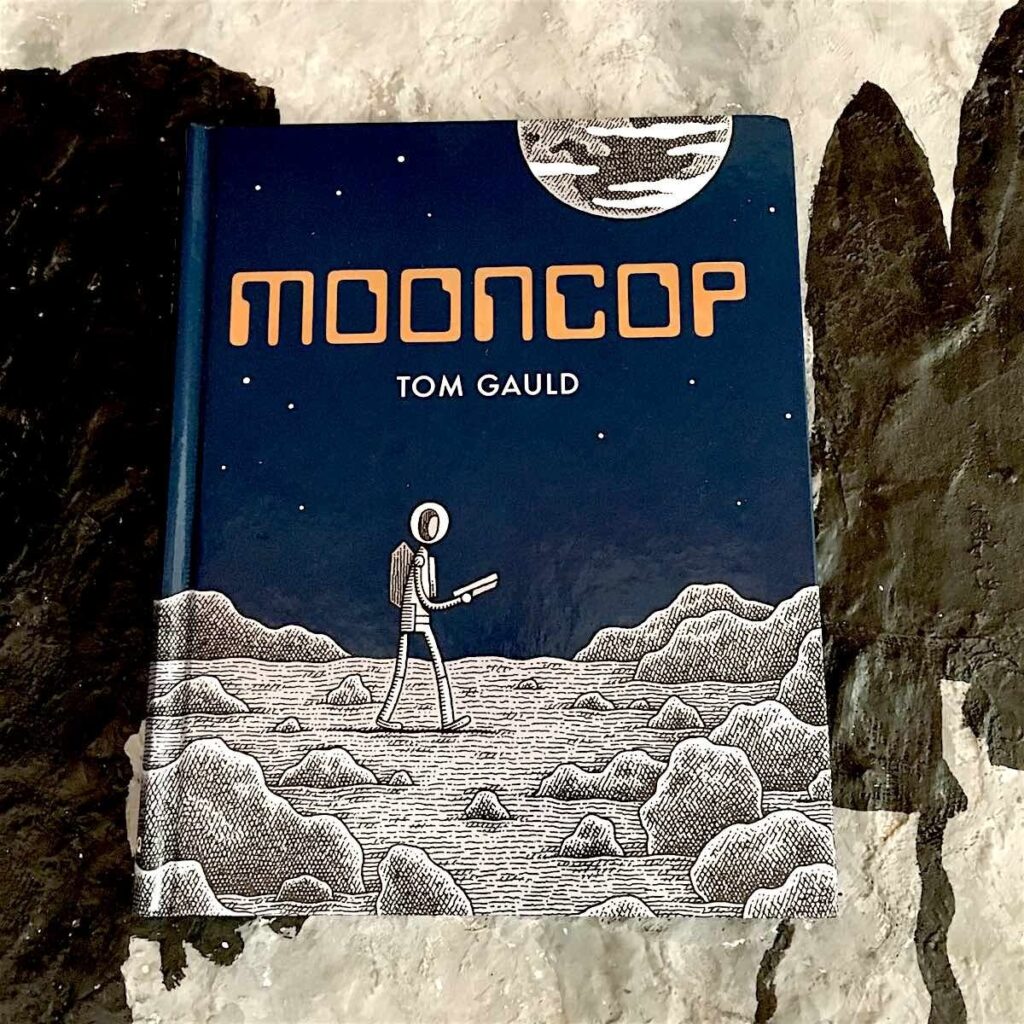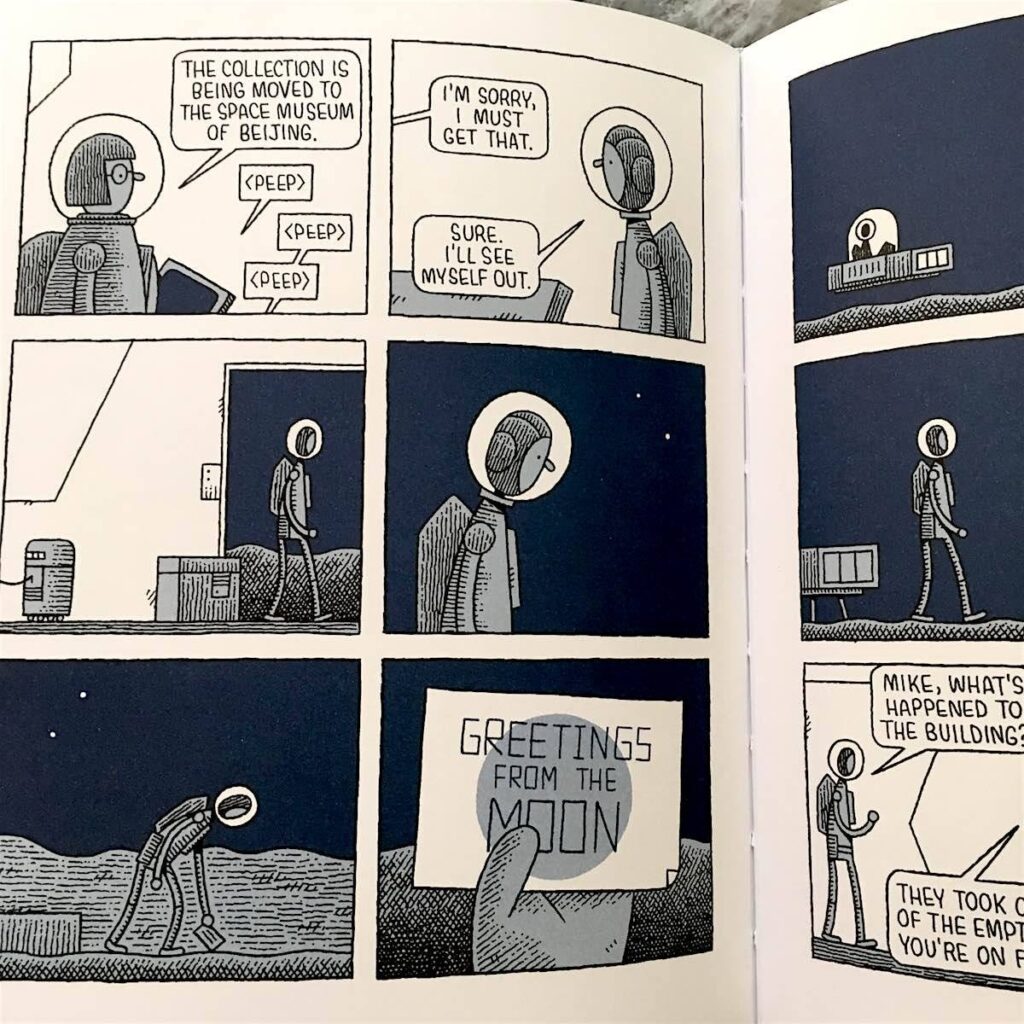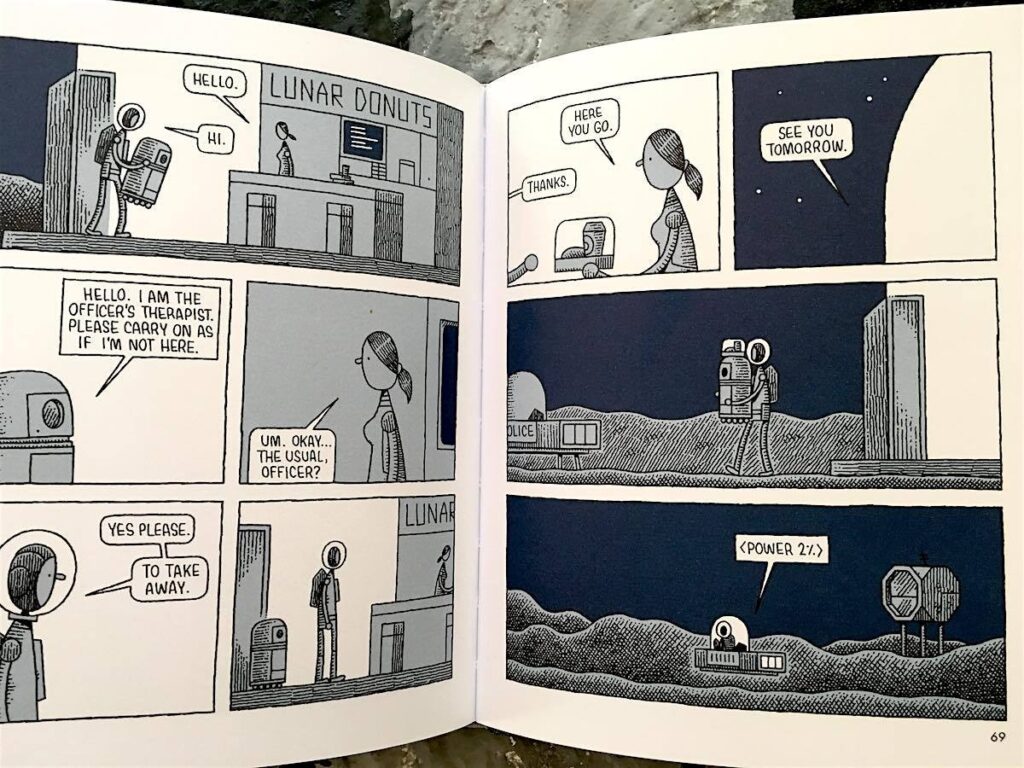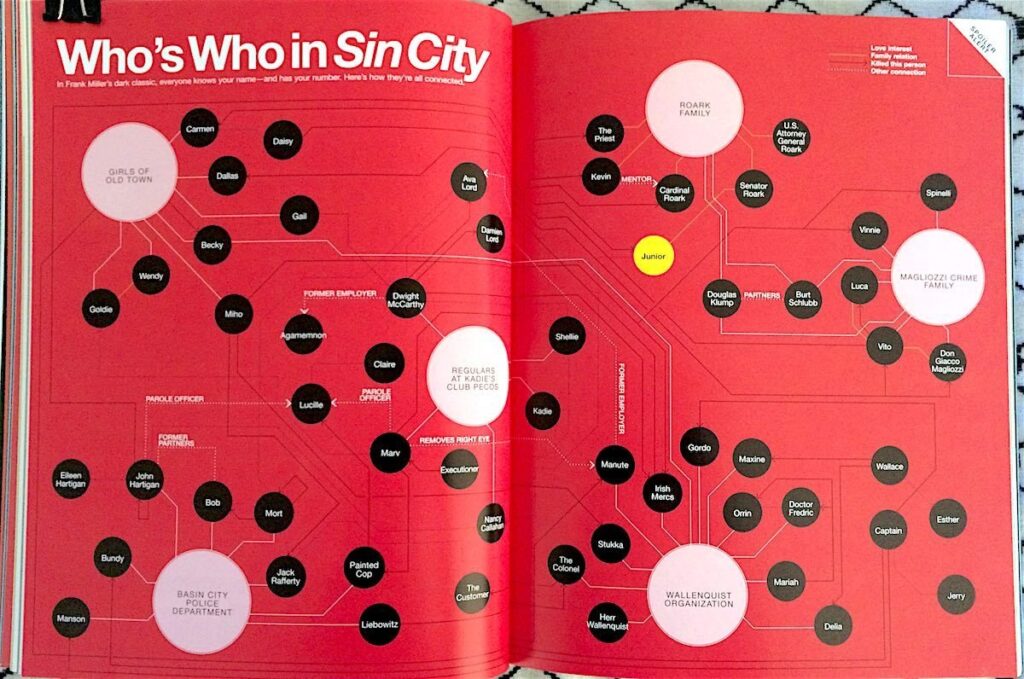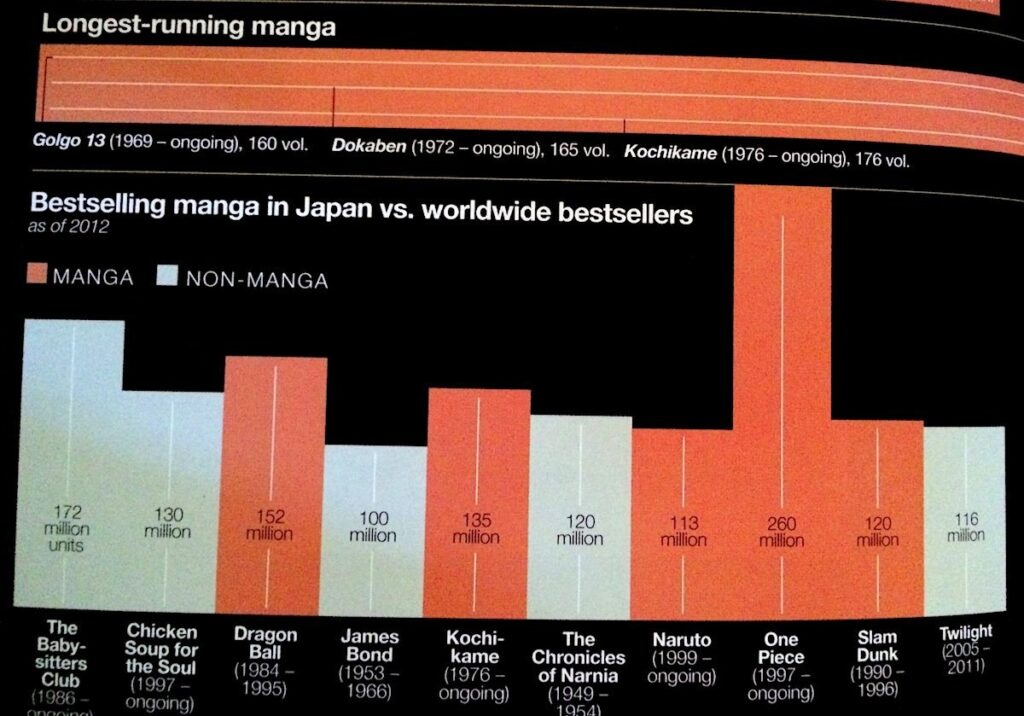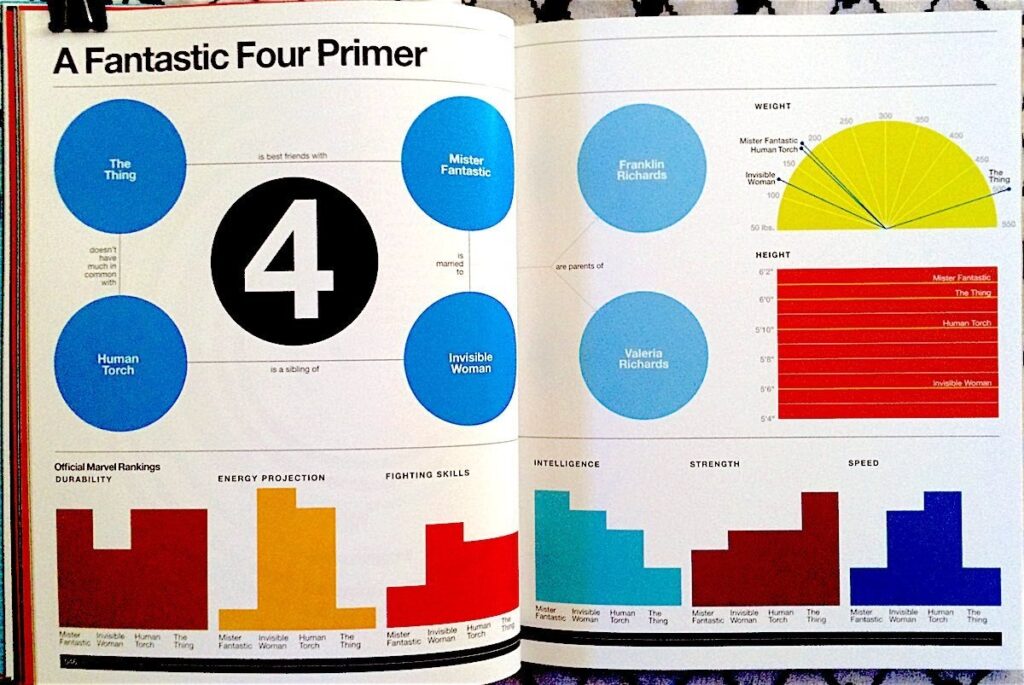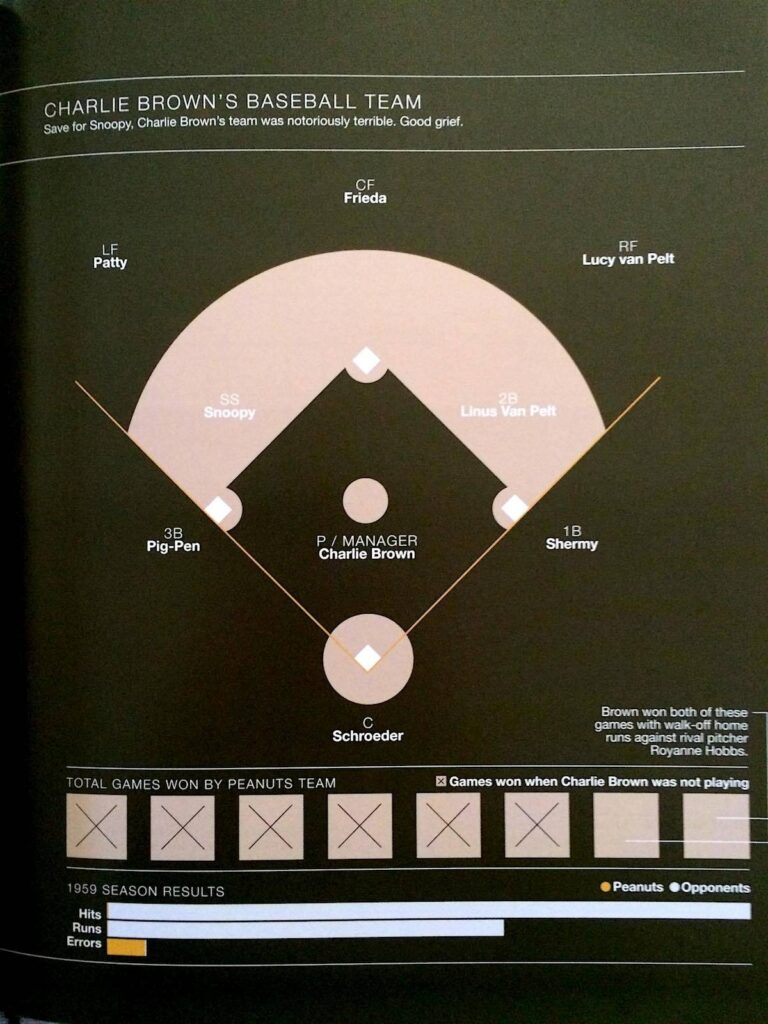Beyond Backpacking
Super ultra lightweight camping
The joy of hiking is inversely proportional to the weight of your pack. Carry nothing and your pleasure is unbounded. No one has articulated the benefits and the know-how of carrying little as Ray Jardine. He can show you how to liberate yourself from your tent, water-filter, stove, and most of the rest of your gear. He also has the best tricks for completing long through-hikes. The best times I’ve ever had in my decades of trekking have been when I was carrying little more than what I was wearing, and hiking the way Jardine preaches.
— KK
Ray Jardine’s book has set in motion a spreading revolution in backpacking technique and tools toward drastically lighter packs and significantly more fun on the trail for all. Certainly for me. Via ingenuity and new materials, this is a return to the kind of camping Horace Kephart promoted in his great Camping and Woodcraft (still in print): the whole point is to be very comfortable in the wild.
It reminds me of what Amory Lovins is doing for car design: once you start finding ways to reduce weight, the benefits multiply, and you wind up with something qualitatively different. With packloads under 20 pounds, so you don’t need a pack with a waist belt, don’t need boots, etc. etc. In countless cases you can substitute technique for weight (rig a super-light tarp instead of a tent), and your increasing savvy adds to the enjoyment of hiking. The book is full of well-honed technique (plus idiosyncrasies you can sift out on your own).
After reading the book, I got an electronic postal scale and began weighing everything that goes with me on the trail. What a difference it made, having that objective evaluation.
— Stewart Brand
12/11/03Excerpt
Compare one of my packs - weighing 13 ounces and costing $10.40 to make - to a store-bought backpack weighing 7 pounds and costing $275.00. My pack is 12% of the weight and 4% of the cost.
The 8 1/2 pound packs at the completion of a 2,700 mile journey, 1994.
I should point out, too, that the majority of nights we hikers spend in the backcountry are mild. We are not automatically going to encounter the ultimate storm the minute we step out the back door with lighter-weight gear. But should it happen, a properly pitched tarp will handle it. Pitching a tarp is not difficult, but the method differs from that of pitching a tent. The best way to make the transition from tent to tarp is to carry both on a few short outings. Pitch the tarp and sleep under it, and keep the tent packed in its stowbag and close at hand, just in case.
The reaction of these backpackers was typical of the many we met that summer. On paper, our lighter-weight methods may seem "radical" and idealistic. But when these people saw how easily we were doubling and sometimes even tripling their daily mileages, they tended to become less skeptical. The irony was that we were exerting ourselves no more than the backpackers. We were using our energy mainly for forward progress, rather than for load hauling. I see mileage as an effect rather than a cause. Not something to be struggled for, but merely a by-product of a more efficient style. My main focus is on the natural world, my place in it, and how that relates to the joys and the lessons learned along the way. I also find that when we reduce our barriers -- our detachment -- from the natural world, we stand to better our wilderness connection.
According to conventional backpacking wisdom, giardia contaminates all wilderness water, and we hikers and campers need to purify every drop that we drink; as well as what we use for cooking and brushing teeth. You can read this in hundreds of magazine articles and books. Jenny and I followed this rule faithfully during our first four mega-hikes. And I was sick with giardia-type symptoms many times.
Obviously, something was wrong. If we were being meticulous about filtering our water, then why was I not staying healthy? Jenny remained healthy, and she was drinking the same treated waster as I. Apparently my immunities were lower than hers. But the fact remains that somehow I seemed to be contracting parasites despite the assiduous use of the water filter. The filter cartridges we were using were common, brand-name varieties, and we had no reason to suspect they were not working properly.
Clearly, the conventional wisdom was not working. So we abandoned it and tried a different approach. While training for our fifth thru-hike we drank directly from clean, natural sources, a few sips at first, then gradually increasing in quantity over the weeks and months. In this way we helped condition our bodies to the water's natural flora. Then during the actual journey we drank all our water straight from the springs, creeks and sometimes the lakes - after carefully appraising each source. And for the first time in years I remained symptom-free; and Jenny stayed healthy also -- I doubt whether my illness had anything to do with the filtration or lack thereof. Rather, it had to do with the nature of the water sources we were using. During the initial journeys we were collecting from all but the worst sources, and treating it. In several cases that I can think of, I feel that this treatment -- or any other available treatment -- was incapable of making that water safe to drink. This is why, on that fifth trek, we collected water only from clean sources. Based on these experiments and their successful outcome, the following are my recommendations: Learn to recognize pristine water, and treat it if you prefer. Learn to recognize water that could be microbially contaminated, if only mildly, and treat it thoroughly. And most importantly, learn to recognize water that is beyond treatment, despite any reasonable degree of clarity. Such water can be extremely virulent, and no water treatment system available to hikers is capable of making that water safe to drink. Do not filter, boil or add purification chemicals to this polluted water. Do not use it for cooking or bathing. In the next section we will learn how to recognize such highly contaminated water.
Stealth camping. If you can manage to camp away from the water sources, and from the established campsites, then the many wonderful advantages of stealth camping will be yours. Stealth camping is a cleaner, warmer and quieter way to camp, and it offers a much better connection with nature. In all likelihood no one has camped at your impromptu stealth-site before, and the ground will be pristine. Its thick, natural cushioning of the forest materials will still be in place, making for comfortable bedding without the use of a heavy inflatable mattress. There will be no desiccated stock manure to rise as dust and infiltrate your lungs, nor any scatter of unsightly litter and stench of human waste. The stealth-site will not be trampled and dished; any rainwater will soak into the ground or run off it, rather than collect and flood your shelter. Bears scrounging for human food will be busy at the water-side campsites, and will almost invariably ignore the far-removed and unproductive woods. Far from the water sources you will encounter fewer flying insects, particularly upon the more breezy slopes and ridges. Above the katabatic zones the night air will be markedly warmer. And you can rest assured that your chances of being bothered by other people will be slim.
We pitch the tarp sideways to any wind, and if the wind is stong we pitch the tarp lower and secure the windward edge flush to the ground. A properly pitched tarp is stronger than most tents.
The drift box. On our longer hikes, Jenny and I often use what we refer to as a "drift box," or "running resupply box." This is a small parcel that we send ahead rather than home. It contains items that will probably be needed later, but not presently. These might include spare shoes and fresh insoles, extra socks, a spare water filter cartridge, an extra camera battery, a small whetstone, a utility knife with disposable blades, a tube of seam-sealing compound, a spare spoon, an extra sweater, and a roll of boxing tape. The drift box gives us occasional access to these items without having to carry them. We send it First Class to a station approximately two weeks ahead.
Beyond Backpacking Ray Jardine's Guide to Lightweight Hiking Ray Jardine 1999, 510 pages AdventureLore Press $20 (used)






